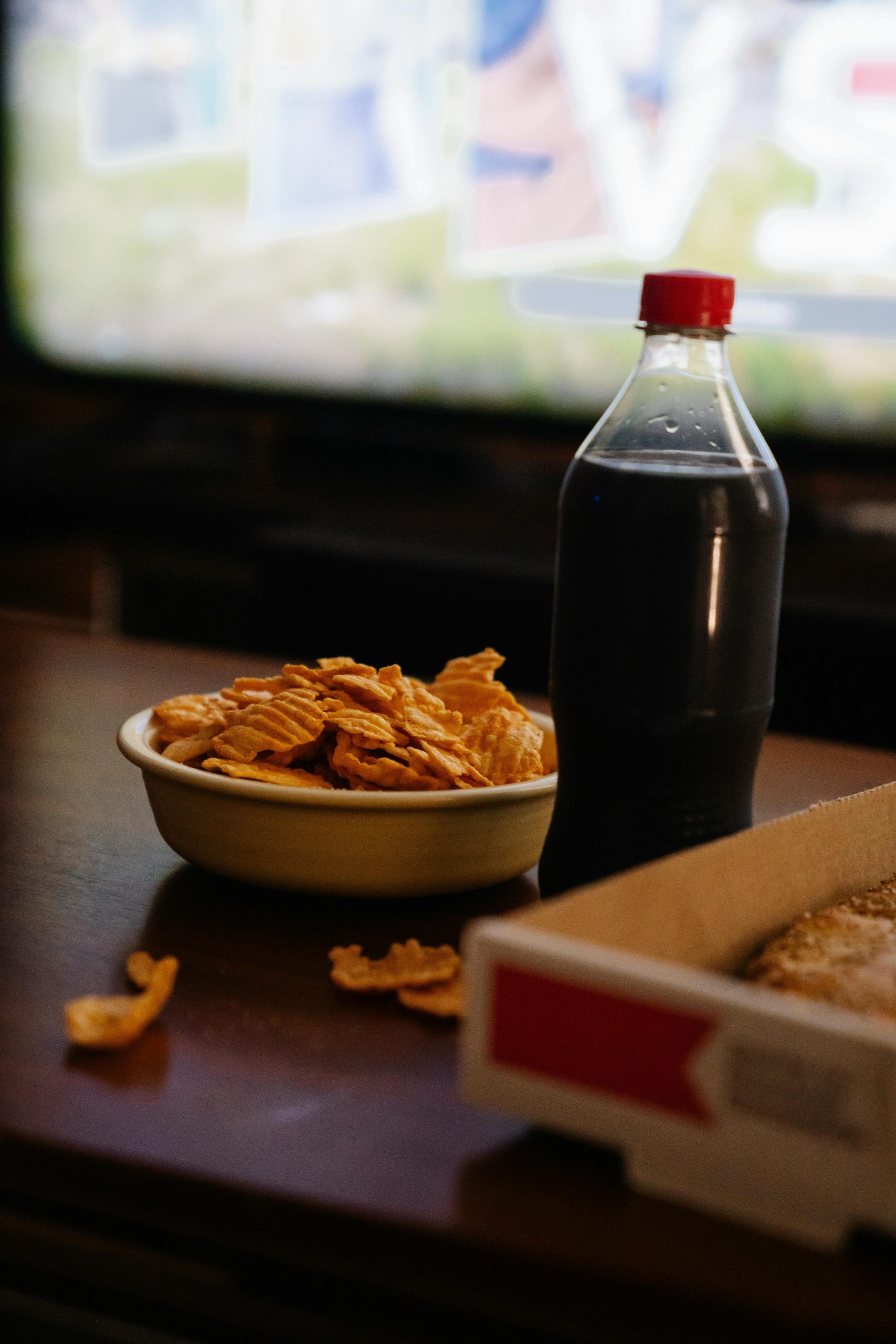McDonald’s in 2025
I worked at a McDonald’s in the southwest suburbs of Sydney during the mid-90s, and Thursday, Friday, and Saturday nights were pure madness for about four hours (from around 5 PM to 9 PM). The place was packed, the drive-thru line was always long, and there were four registers with lines of eight customers deep ready to order.
These days, I hardly go there—only as a treat for my kids, usually when we’re out with another family. Surprisingly, even during peak hours, it never feels truly busy anymore.
It can’t be due to their efficiency, as they now prepare everything to order instead of keeping burgers in bins like they did back then.
Could it be that the prices have made it too expensive for a family of four?
Are more people opting for healthier food choices?
Or perhaps there are just too many locations, spreading the customer base thin across multiple stores?




It’s interesting to hear your perspective on McDonald’s, especially coming from someone who experienced the hustle and bustle of the stores in the ’90s. It definitely seems like the fast-food landscape has changed significantly over the years.
You raise some valid points. The shift towards making everything to order certainly reflects a change in operational efficiency, but it might also contribute to longer wait times during peak hours!
As for pricing, it’s possible that the cost has made it less accessible for families, especially when you factor in the rising cost of living in Sydney. Families might be looking for more affordable dining options or healthier choices, which could explain the shift in consumer behavior.
Additionally, with the increased number of McDonald’s stores, perhaps the customer base really is more dispersed now. People have more options than ever — not just other fast-food chains, but also healthier alternatives and local eateries.
It’s a mix of all these factors that could explain why it feels less busy. It’s fascinating to see how consumer preferences and economic changes shape our dining experiences over time!